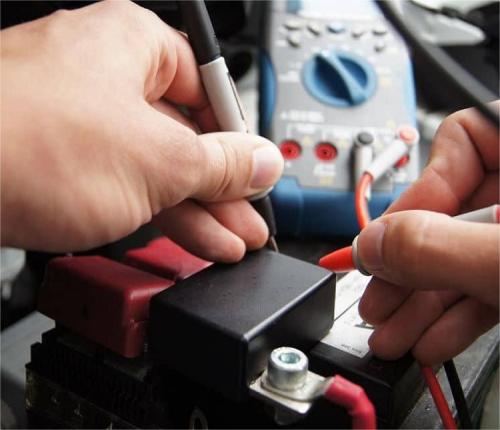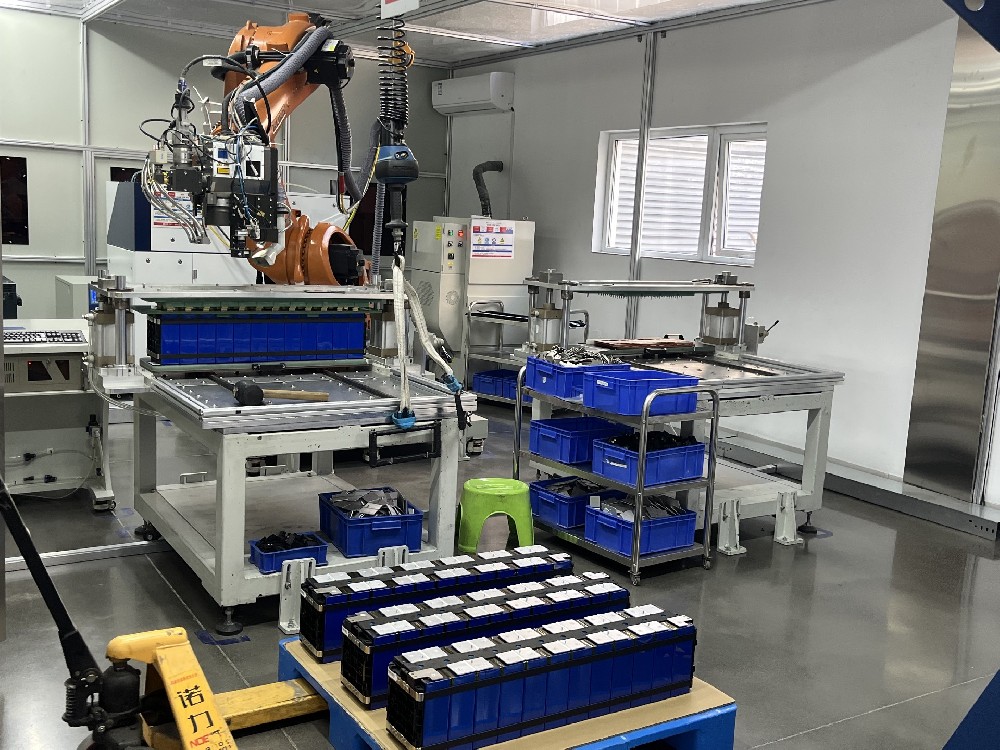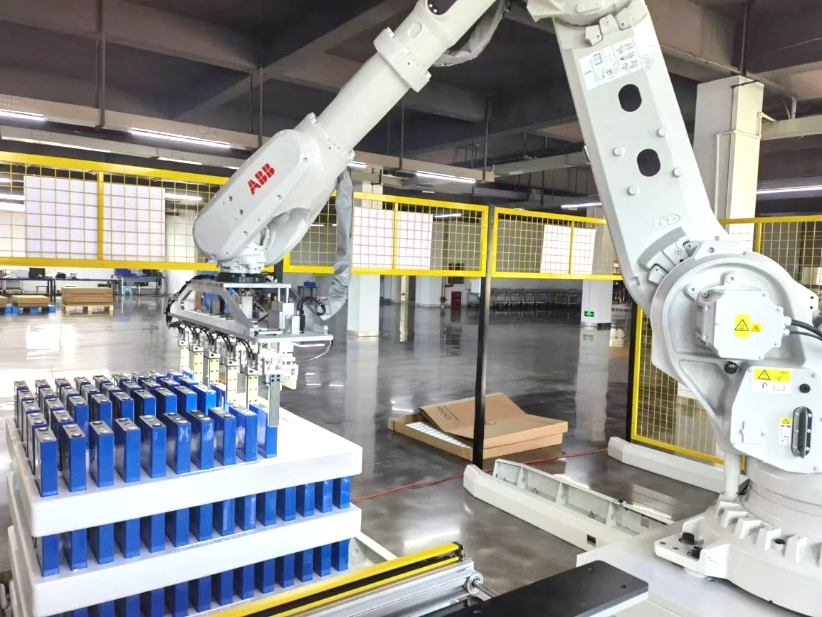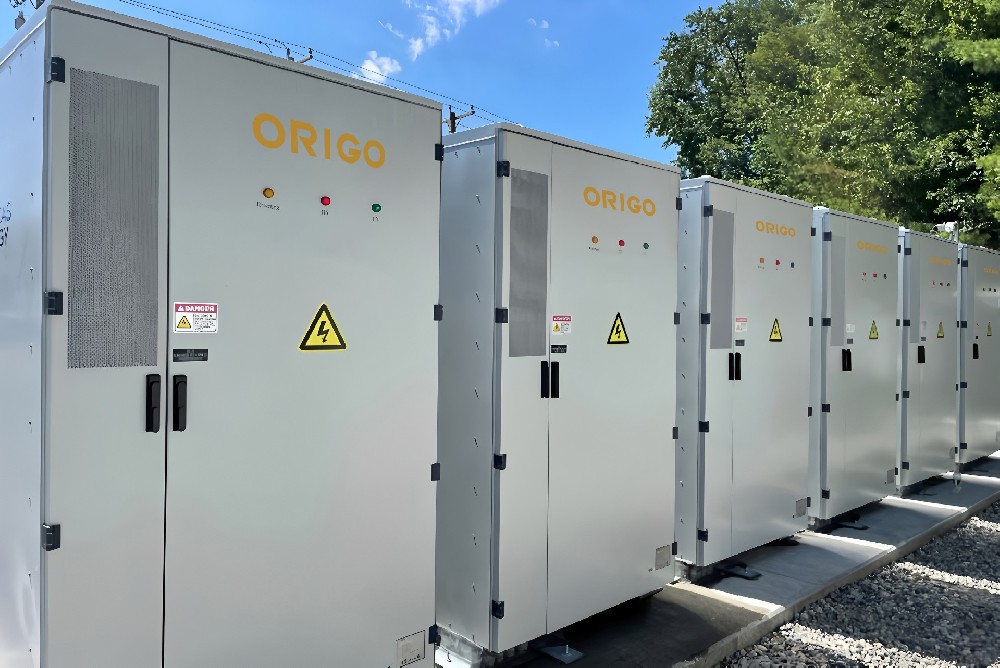Lithium-Ion Battery Care Guide
Reasons for the slow progress of new energy pickup trucks
This is subject to many factors such as technology, market, policy and consumer awareness.
Insufficient adaptability to special use scenarios. Pickup trucks have both commercial and passenger attributes, and are often used in complex scenarios such as high-load operations, off-road, and long-distance transportation. They have extremely high requirements for the torque, endurance and reliability of the power system.
Diesel engines have more advantages in harsh environments due to their high torque, long endurance and fast energy replenishment characteristics. However, the range of new energy pickup trucks (especially pure electric models) is limited, and the field charging infrastructure is insufficient, making it difficult to meet the needs of long-distance or extreme road conditions.
The current mainstream electric pickup truck has a range of about 300 miles (480 kilometers), which is only 60% of the fuel pickup truck (500-600 miles).
In addition, according to tests, in an environment of -20℃, the average range of mainstream electric pickup trucks is reduced by 35% after the heater is turned on; while fuel pickup trucks can be heated by engine waste heat without additional energy consumption.
Technology research and development and core component constraints. New energy pickup trucks need to develop special technologies for commercial vehicle characteristics (such as high-load electric axles, large-capacity batteries, etc.), but domestic companies still face bottlenecks in mass production of large-capacity batteries and R&D of efficient electric drive systems.
Although hybrid and extended-range technologies can alleviate range anxiety, the R&D costs are high, and the technical route for pickup truck adaptation is not yet mature. For example, the chassis of pickup trucks needs to take into account both load-bearing and off-road performance, and it is difficult to meet the needs by directly transplanting passenger car technology.
Price sensitivity and insufficient cost advantage. Batteries account for 30%-40% of the price of electric pickup trucks, which is much higher than the 10%-15% of fuel vehicles. Taking Tesla Cybertruck as an example, its 4680 battery pack costs about $18,000, accounting for 22% of the vehicle price. Although Goldman Sachs predicts that battery costs will drop to $80/kWh in 2026, large-scale production support is still needed at present.
At the same time, the price of new energy pickup trucks is generally higher than that of fuel vehicles of the same level, and most users are individual business operators or agricultural practitioners, who are extremely sensitive to prices. Although the cost of use is low, the initial threshold for car purchase is high, resulting in a lack of obvious cost-effectiveness. For example, the price of mainstream fuel pickup trucks is about 120,000 yuan, while new energy models generally exceed 200,000 yuan, which exceeds the budget of most users.
The pickup truck market itself is niche, and electric pickup trucks account for less than 5%, resulting in high R&D costs per vehicle.
Policy and infrastructure constraints. Although many places have relaxed restrictions on pickup trucks entering cities, policies such as mandatory scrapping after 15 years, differences in high-speed speed limits, and high annual inspection frequency still restrict user choices. In addition, new energy pickup trucks lack targeted support in terms of subsidy policies and road rights allocation, resulting in insufficient promotion motivation.
In terms of energy replenishment, pickup truck users often need to work in remote areas, while charging piles are concentrated in cities, making it difficult to replenish energy in the wild. Although hybrid models alleviate range anxiety, charging efficiency and technical maturity still need to be improved.
Differences in user cognition and habits. Users generally regard pickup trucks as tool vehicles, and the image of diesel power as "sturdy and durable" is deeply rooted in the hearts of the people. New energy pickup trucks are regarded as "experimental products", especially in traditional fields such as agriculture, forestry, animal husbandry, and engineering transportation, where users are conservative about the reliability of new technologies.
Especially in China, users' acceptance of pickup trucks is not as good as that in Europe and the United States. The advantages of new energy pickup trucks (such as external discharge function and low noise) are more attractive to emerging users such as camping and outdoor leisure, but the size of this group is limited. Mainstream commercial users are more concerned about traditional indicators such as load capacity and maintenance convenience, and the differentiated advantages of new energy models have not been transformed into rigid needs.
How to break through the new energy of pickup trucks?
First of all, we must achieve technological breakthroughs. Accelerate the research and development and production of solid-state batteries and high-energy density batteries. For example, Toyota plans to mass-produce high-performance solid-state batteries in 2027-2028; BYD, Geely and other automakers are accelerating the layout of 800V technology. At the same time, BYD's latest "megawatt flash charging" technology can achieve a maximum charging voltage of 1000V, a maximum charging current of 1000A, a maximum charging rate of 10C, a maximum charging power of 1MW, and a maximum peak charging speed of 2 kilometers in 1 second, and 407 kilometers in 5 minutes.
Policies should also be given a certain degree of preference. For new energy pickups, further relaxation can be made in terms of road rights, and certain subsidies can be given to new energy pickups in terms of purchase and other aspects. For example, subsidies can be given to those who replace National III diesel pickups with new energy models, or the EU "carbon mileage" subsidies can be referred to, and subsidies can be issued according to the actual emission reduction of electric pickups.
In addition, business models can also be innovative. For example, the "electric pickup + photovoltaic energy storage" model can be promoted, and users can store photovoltaic power through on-board batteries; using V2G technology, electric pickups can be used as mobile energy storage units to participate in grid peak regulation; equipped with Internet of Vehicles technology, user behavior data can be collected through the on-board system to provide precise services for insurance and logistics companies.







